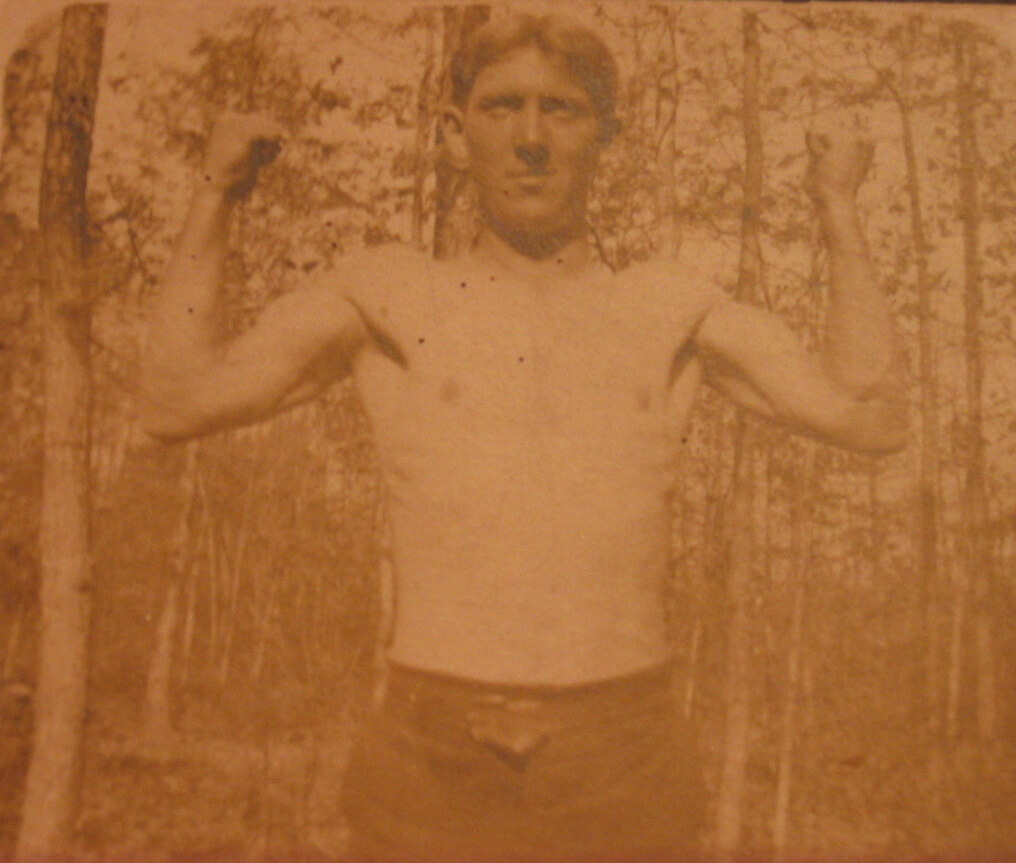When it comes to risk in a museum, library, or archive, what is worth it? What isn’t? How do we assess and mitigate collection risks and outreach strategies so that the institution’s stakeholders may benefit from access to collections in new ways? And when is the party just out of control?
Menachem Wecker, a freelance writer for The Washington Post, explored this in his 22 August 2015 article, “Earthquake? No damage. But what about loud music?” (I’m quoted in the article). As preservation professionals, we have targeted most our risk radars toward classic exhibition- and storage-related risks. Will the object fade under those lights? Will this display case provide adequate protection against pest infestation? Risks come and risks go. Staff used to smoke in their offices. Now, special events directed toward new (read: younger) audiences have turned up the volume, which as Mr. Wecker observed, caused sculptures at the Freer and Sackler galleries to vibrate.
Conservators have built a professional brand around protecting and preserving, but over time, we’ve been branded as promoting culture of “no”. That perception has often led to cutting conservators out of the conversation. We are about preservation – and access. Access is why we preserve. Preservation professionals (conservators, collection managers, registrars, others) manage the balance of collection use and care through our work. What has changed is the audiences our institutions are pursuing and they ways we look to engage with those audiences. The concept of “behind the scenes” no longer exists. Audiences want to know about how we store collections, how we care for collection spaces, how we plan storerooms, how we prepare for emergencies, how we dust large sculptures. Collections are no longer just for academics. All audiences are curious about new ways to connect with the holdings of cultural organizations.
Preservation professionals need to get in the game by presenting themselves as strategic partners: we should be seen as the arbiters of outreach, not the roadblock. As in emergency response, we want to be involved in the planning, not just the response when something happens. We are the classic problem solvers.
Don’t have a seat at the planning table? Influence strategies from management theory can provide tools to build trust. Who are your allies to support your views? What are the needs of the project stakeholders? What other information or knowledge building can you facilitate among your target decision-makers? It often takes multiple attempts to build trust with other staff and to promote conservation as facilitating long-term outreach potential for collections. Work with education and special events to grasp the needs of their audiences and outreach goals so you can partner in facilitating the preservation and access balance.
The ludicrous requests will come. Build on your successes. Learn from the failures. Foster those relationships. Promote the preservation big picture, time and again.

